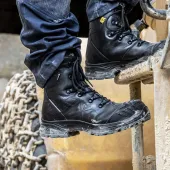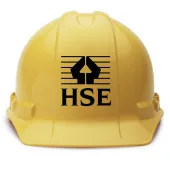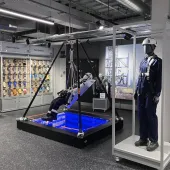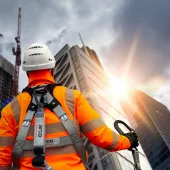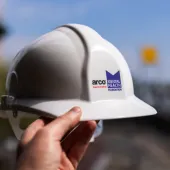Simple guide to correct safety footwear
Health and safety specialists team up to take the mystery out of safety footwear standards
HEALTH and safety solutions specialists Safety Forward and safety footwear providers Gorilla Safety Footwear have teamed up to produce a simple-to-interpret guide to help employers and employees operating in hazardous environments to select adequate safety footwear, in a bid to reduce foot, toe and ankle injuries.
With slips and trips injuring 109 out of every 100,000 workers each year in the UK and thousands more suffering from ankle injuries, fractures to toes and metatarsal bones, and punctures from stepping on sharp objects, it is important that employees provide workers with safety footwear suited to all possible environmental risks.
Safety footwear should also conform to the relevant European safety standards. However, with a number of augmentations throughout the years, various classification numbers and numerous optional features and properties, with often ambiguous acronyms, mean that ensuring the most suitable and adequate safety footwear is selected and worn is not as straightforward as it might be.
In order that health and safety officers and staff alike can ensure that they are wearing safety footwear suitable for their particular industry, protecting against all relevant risks, Safety Forward and Gorilla Safety Footwear have prepared a simple-to-follow, single-sheet pdf file (see attachment) that explains the relevant European safety standards applicable to safety boots, safety shoes and safety trainers, and also explains the meanings behind the numerous optional properties, including slip-resistance, conductive and insulation ratings. It goes on to detail the classification numbers that relate to manufacturing materials used.
Safety Forward’s Marisa Firkins commented: ‘Because we work with a broad spectrum of organizations providing health and safety consultancy and training, a frequent topic covered is that of personal protective equipment. Although very thorough, the Health and Safety Executive provides safety footwear standards information that is not particularly straightforward to follow and many of our clients are not initially sure exactly what type of safety footwear to select.’
She added: ‘By producing a straightforward, single-sheet pdf guide, we feel that individuals from most industries should gain a better grasp of the exact footwear staff should be wearing, something we hope should contribute towards lower rates of foot injuries.’



